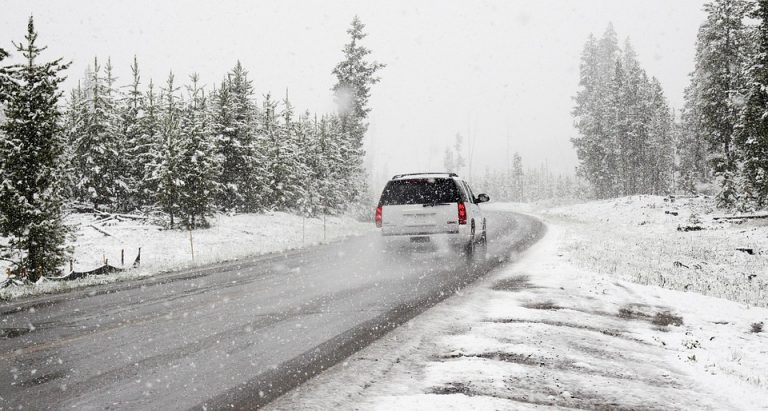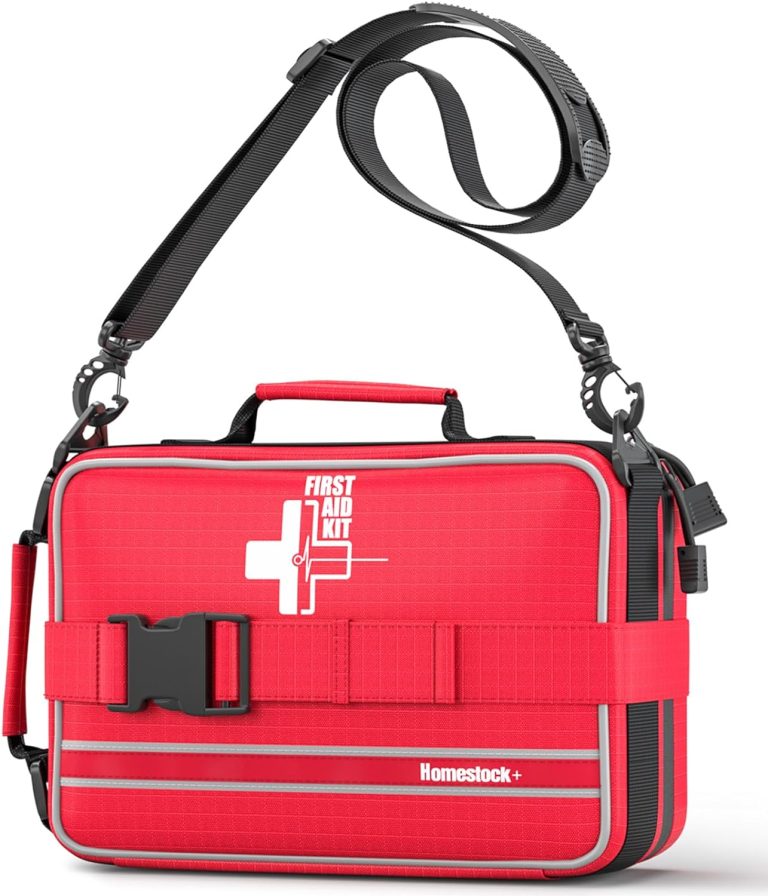Downloadable PDF: Emergency Kit Checklist
Creating a household emergency kit is essential for preparedness in case of unexpected events. Here’s a simple numbered checklist to help you get started:
- Water:
- One gallon of water per person per day (at least a 3-day supply).
- Consider additional water for pets.
- Non-Perishable Food:
- Canned goods (beans, vegetables, fruits, etc.).
- Granola bars, energy bars, or dried fruit.
- Ready-to-eat canned meats or soups.
- Don’t forget a manual can opener.
- First Aid Kit:
- Adhesive bandages, gauze, and tape.
- Antiseptic wipes or solution.
- Tweezers, scissors, and thermometers.
- Pain relievers, such as aspirin or ibuprofen.
- Any necessary prescription medications.
- Clothing and Bedding:
- Extra clothing appropriate for the season.
- Sturdy shoes or boots.
- Blankets or sleeping bags.
- Tools and Supplies:
- Flashlights with extra batteries.
- Multi-tool or Swiss Army knife.
- Whistle for signaling.
- Duct tape and plastic sheeting.
- Personal Hygiene Items:
- Toothbrush and toothpaste.
- Soap and hand sanitizer.
- Feminine hygiene products.
- Moist towelettes.
- Communication and Documentation:
- Battery-powered or hand-crank radio.
- Important documents (ID, insurance, deeds).
- Pen, paper, and a list of emergency contacts.
- Cash and Coins:
- Small bills and change for essential purchases.
- Miscellaneous Items:
- Local maps.
- Baby supplies (if applicable).
- Pet supplies (if applicable).
- Special Needs:
- Items for family members with specific requirements (e.g., infant formula, mobility aids).
- Entertainment and Comfort:
- Books, games, or activities for children.
- Comfort items (stuffed animals, favorite toys).
- Emergency Contacts:
- List of emergency phone numbers.
- Family and friends’ contact information.
- Important Information:
- Evacuation routes and plans.
- Shelter locations and policies.
- Maintain and Refresh:
- Check and refresh your emergency kit regularly (at least annually).
- Replace expired items.
- Customize for Your Region:
- Consider regional hazards (earthquakes, hurricanes, wildfires) and adjust your kit accordingly.
Remember to store your emergency kit in a cool, dry place that is easily accessible to all family members. Additionally, create a family emergency plan that includes meeting points and communication strategies in case you are separated during an emergency.



